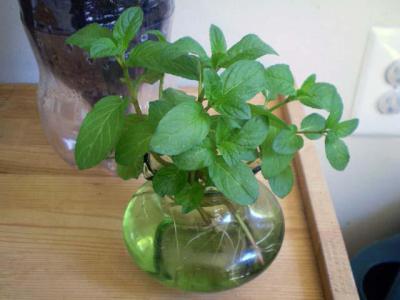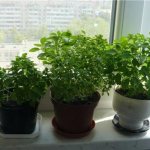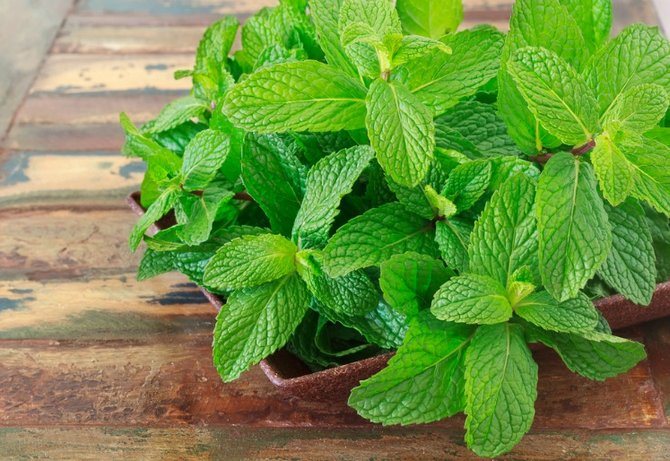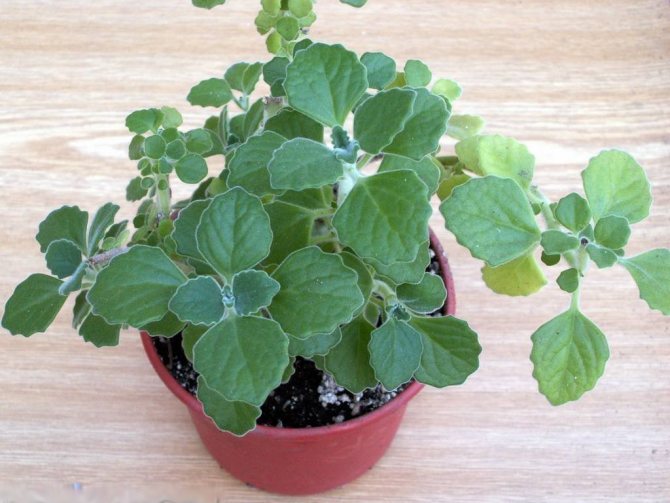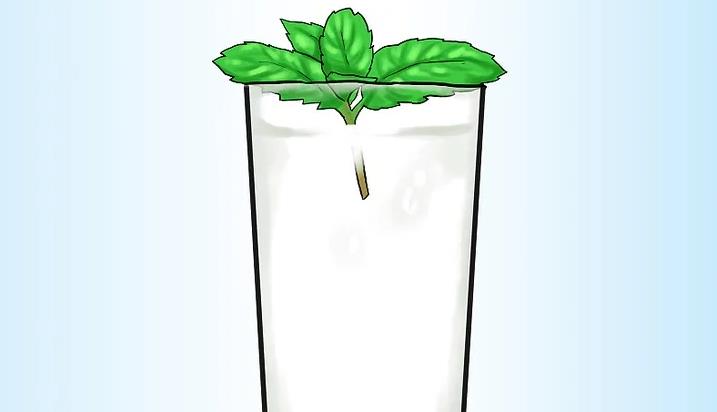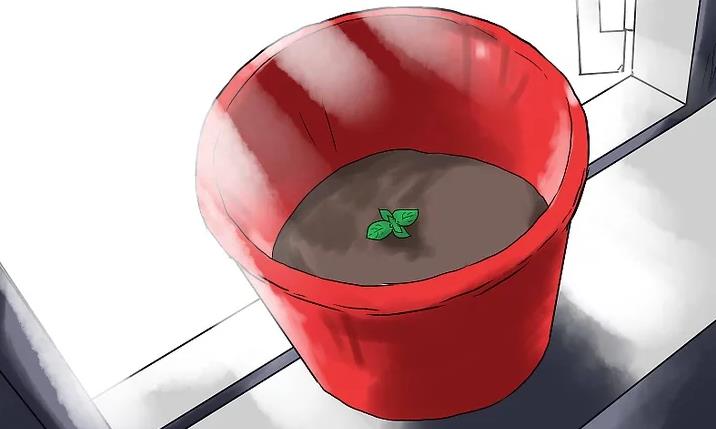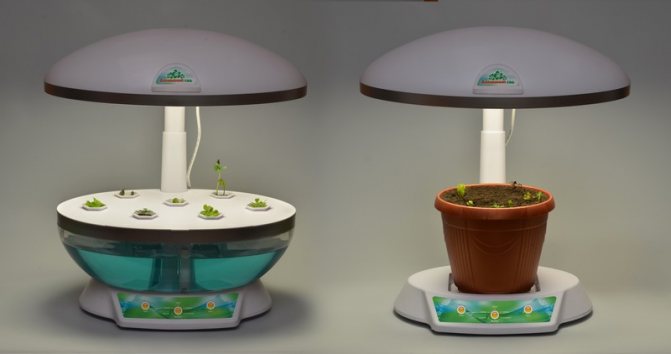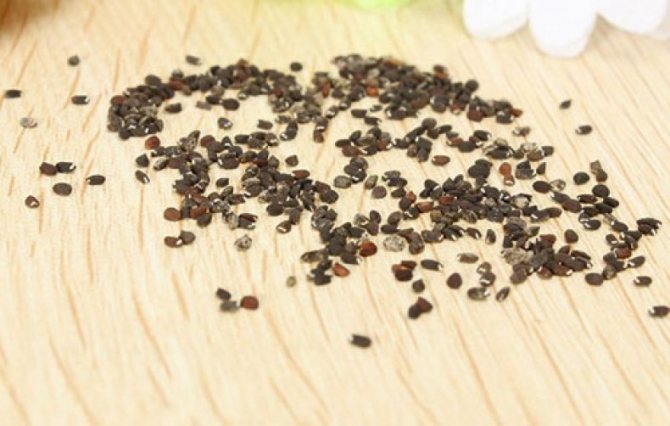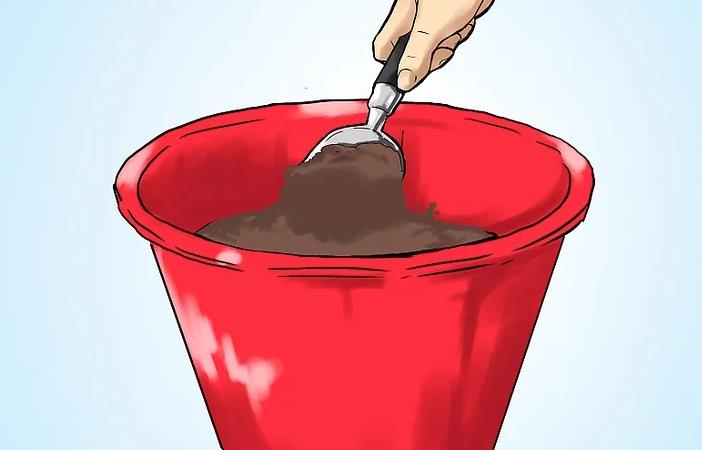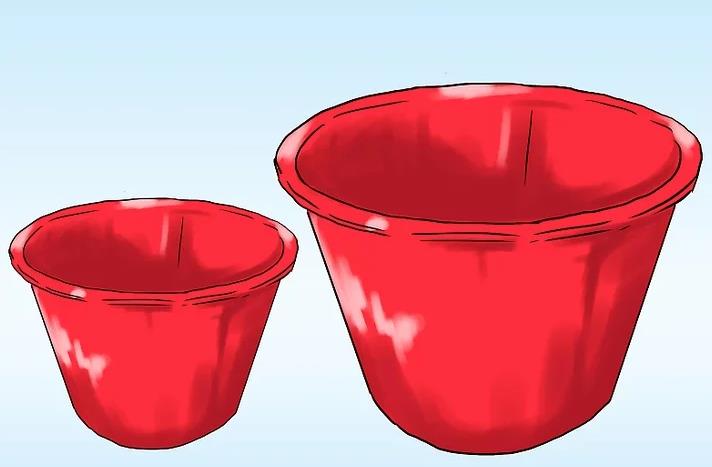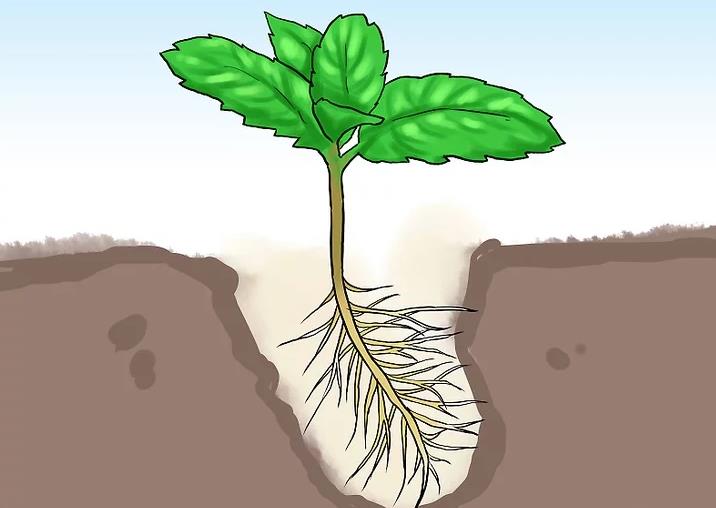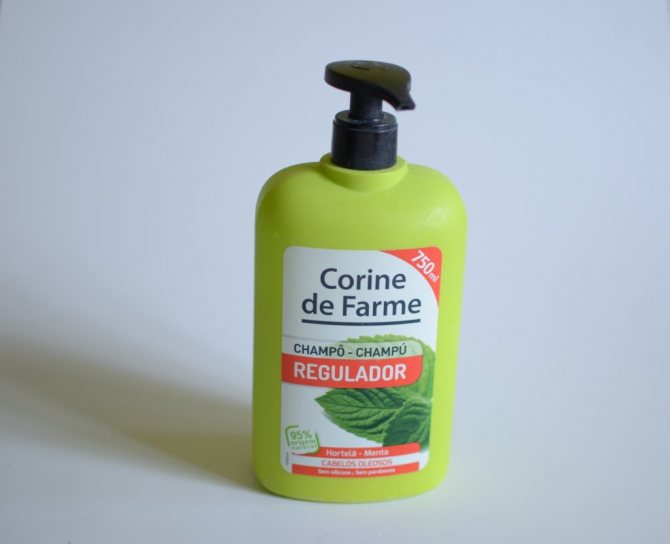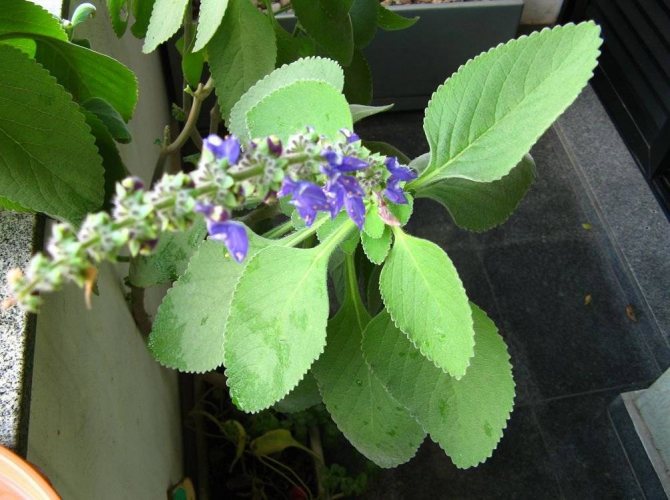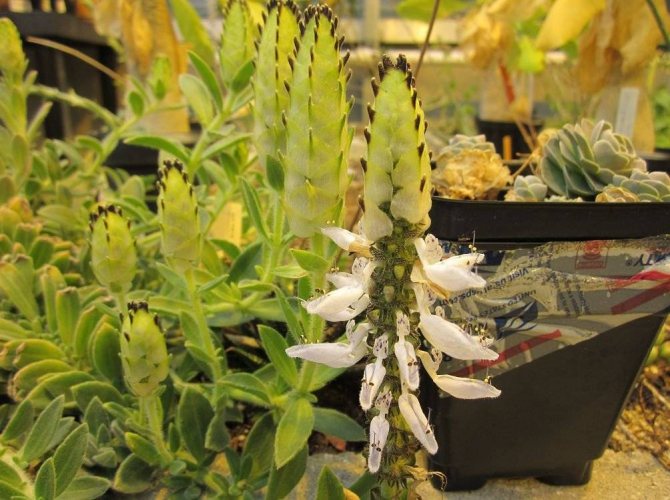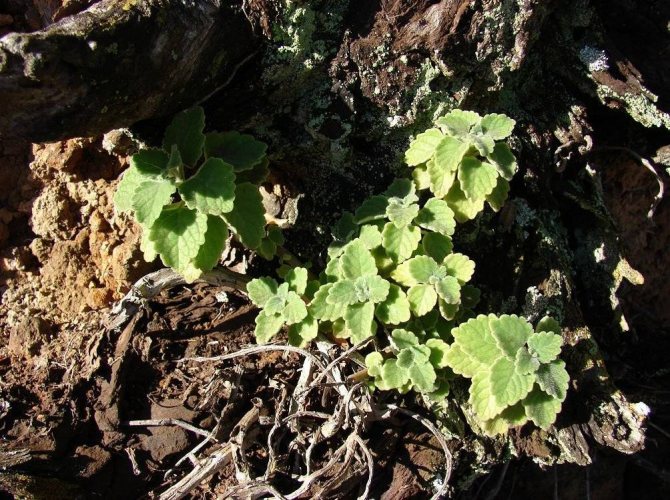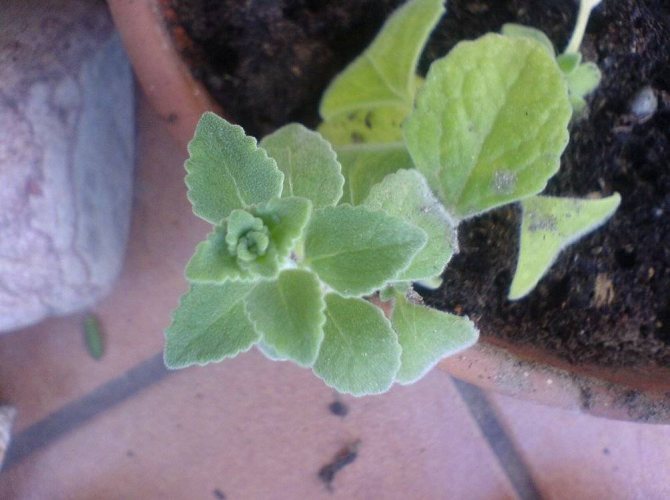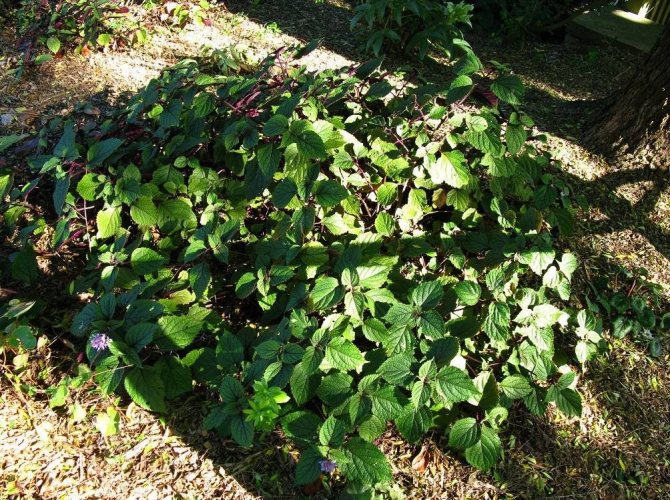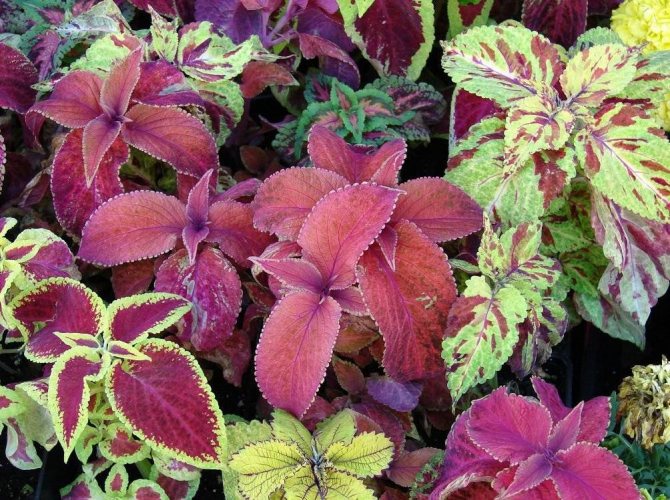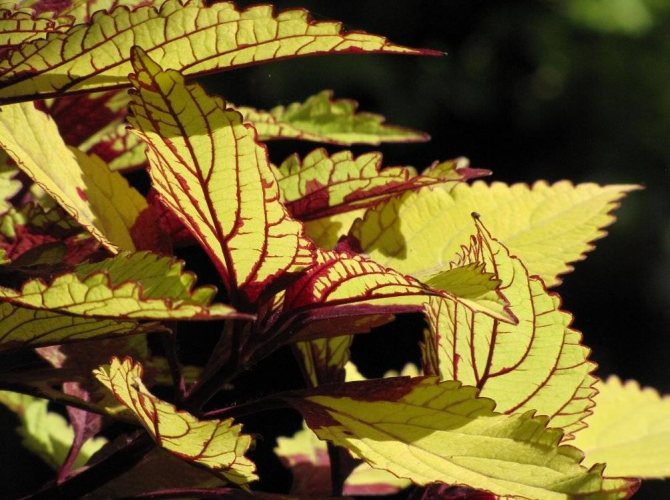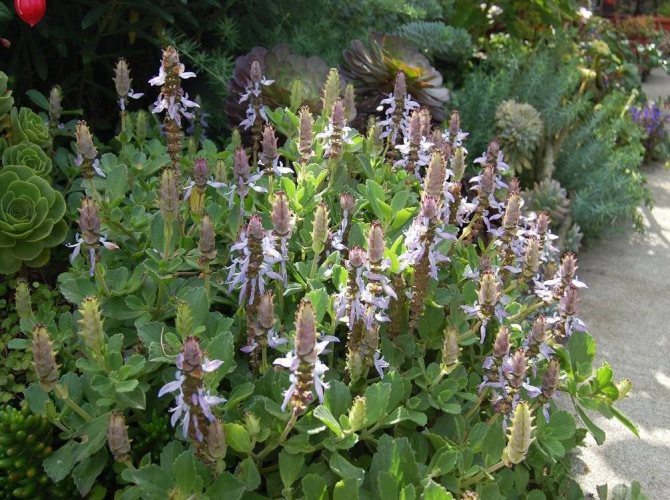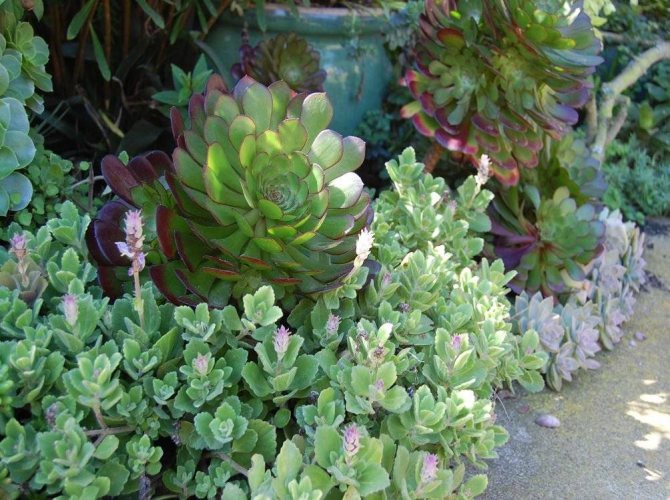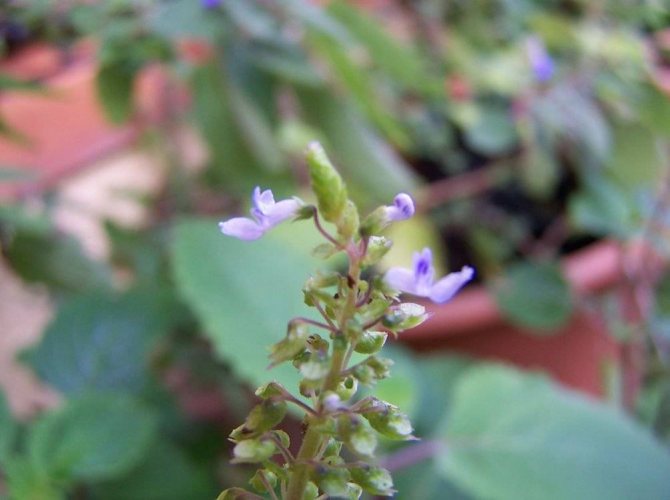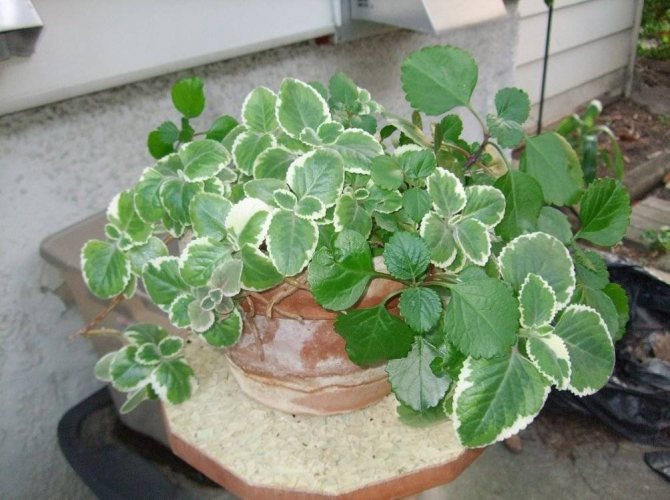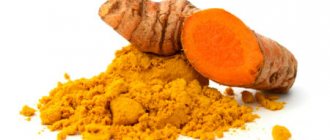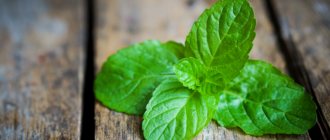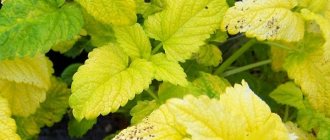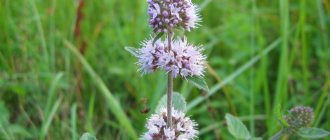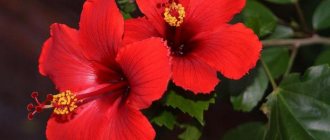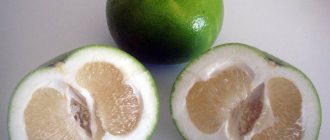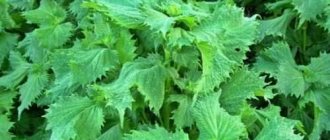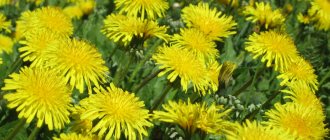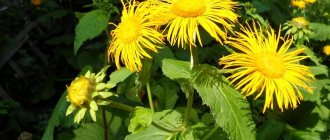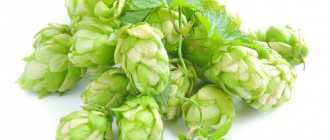Every person who loves this spicy greenery "with a chill" should know how to grow mint at home. Mint has many valuable qualities - it is added to tea or soft drinks, used as a flavoring agent, for medicinal purposes. And it is not at all necessary to buy mint greens in the off-season - even a person who is far from gardening can grow it on his own windowsill.
How to grow mint at home
Our today's article will be devoted to this process - home growing of mint. Below we will share the secrets of potting this greenery and further care.
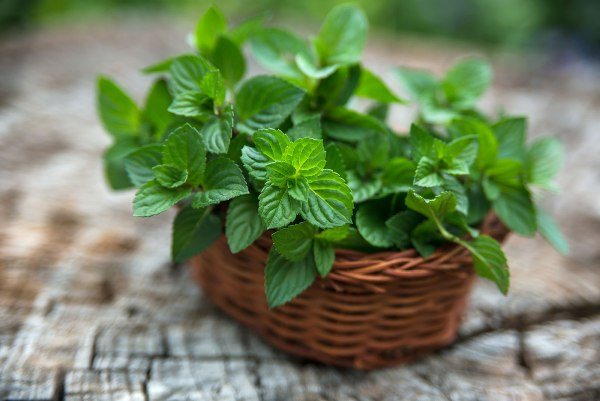
Mint grows well in indoor conditions and decorates the windowsill
Properties of mint in tea
The mint taste and smell are familiar to everyone. Mint gives the tea drink:
- tangible refreshing flavor;
- the characteristic aroma (due to the large amount of essential oils) is also fresh, invigorating.
This unique effect is achieved due to the content of organic matter in mint - menthol.
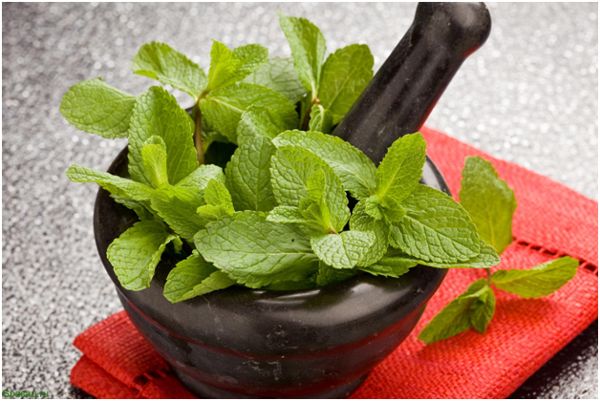

Pests and diseases
Plectrantus is a fairly disease-resistant plant, however, there may be some complications when growing it:
- the root begins to rot, the leaves change color and fall off. To prevent this problem, you must follow the rules of watering and temperature conditions;
- powdery mildew. This disease is characterized by the appearance of black and gray spots on the leaves. Helps to get rid of the disease by spraying with a solution of water with serum;
- pale leaves, may be the result of direct sunlight;
- aphids, spider mites, whitefly scale insects. Soap solution or insecticides will help eliminate pests.
Benefits of mint tea
Mint tea is an assistant in maintaining good physical shape and mood. Its useful properties include:
- relief of breathing with nasal congestion with menthol esters;
- improving the work of the heart, blood circulation;
- reduction of anxiety, stress, sedation;
- general improvement of all body systems.
Cosmetologists often emphasize the benefits of peppermint tea in personal care. Mint has a very beneficial effect on the condition of the skin and hair, noticeably improving their condition with regular use.
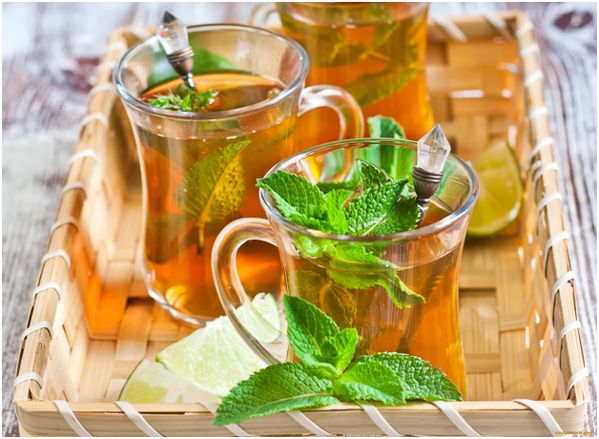

Description
Indoor mint or plectrantus is a deciduous ornamental plant that is grown in hanging pots.
Plant characteristic:
- thin shoots, densely covered with leaves;
- oval leaves of the plant have pronounced streaks and patterns;
- mint flowers are inconspicuous;
- has a pleasant smell.
Plectrantus has many varieties. Most species are shrubs (not ampelous plants), reaching a height of 40 cm.
Types of plectrantus:
- coleus - has large leaves and erect shoots;
- shrub - differs in the absence of spots on the leaves. This variety is rather large, up to 60 cm. It has a special property - it releases essential oils when it touches the shoots;
- felt plectrantus - a small bush (up to 30 cm) with carved, thick leaves. But this is only a house plant, in natural conditions the bush is much larger;
- plectrantus Ertendal. The leaves of this mint are painted in a rich green color on top, and have a pinkish tint underneath.This variety is the most popular due to the peculiar shape of the leaves and the presence of a faint camphor aroma.
As it was said: the leaves of the plant have a mint scent. They have special glands that secrete essential oils. Several varieties can be grown at home.
- The most popular subtype is molar tree. This plant is about one meter high. All year round, the evergreen tree pleases with fresh shoots.
- The second type is Scandinavian, Swedish ivy with creeping one-meter shoots.
- The third subtype is a green shrub with shoots hanging from a flower pot.
Who is contraindicated in mint tea?
However, there are a number of contraindications to drinking mint tea:
- Allergy to mint.
- Pregnancy, breastfeeding (you need to consult a doctor).
- Children under 5 years of age (can provoke allergic reactions).
- Low blood pressure.
- Low vascular tone, varicose veins.
Note! Menthol has the ability to lower blood pressure. Therefore, tea with mint (especially green) is well tolerated by people with hypertension, normal blood pressure. But the drink can do a disservice to the hypotonic.
Men should use mint tea in moderation, as it contains a lot of phytoestrogens - female hormones. However, we are talking about rationing (no more than 1-2 cups per day), and not about a categorical prohibition.
People with severe diseases of internal organs need to understand well what the benefits and harms of drinking a mint drink will be. It is necessary to get the advice of a doctor.
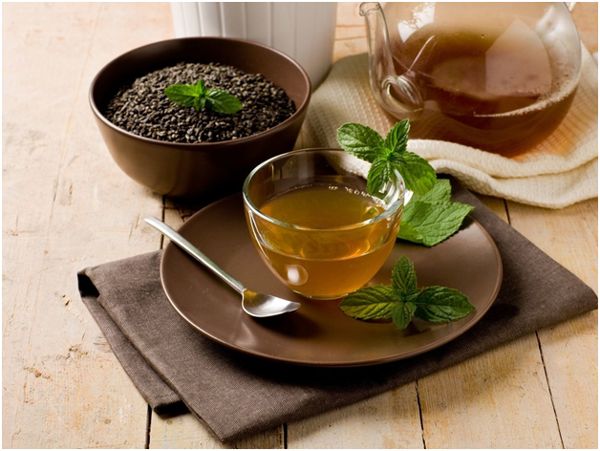

Types of plectrantus
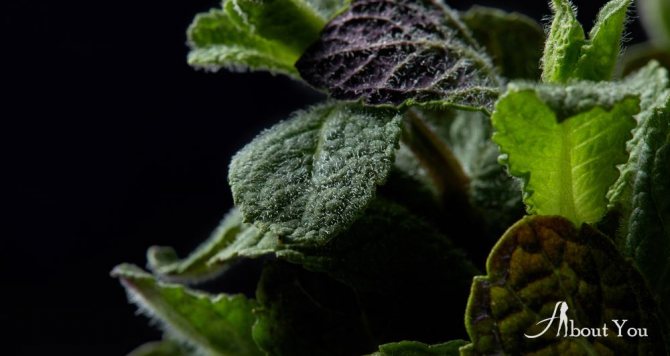

There are several types of mint plants:
- Shrub - it is also called the molar tree for its unique ability to repel a pest with its aroma. It looks like a small, large shrub with heart-shaped leaves of various shades.
- Felt - grows both indoors and outdoors, where it reaches a much higher height. This species prefers bright lighting. Its distinctive feature is the drooping shoots that smell good.
- Plectrantus Ertendal is recognized as the most beautiful among his family. The leaves have carved edges and are also colored deep green on one side and purplish pink on the other. The entire foliage surface is decorated with fine veins and has a velvety texture.
- Coleus - has the largest leaves and a white or cream border. Differs in an erect stem.
Read also Bouquets of wildflowers pictures
Best mint tea recipes
The classic mint tea recipe is simple. On its basis, you can create many options for a drink.
Classic recipe
To make 2 cups you will need:
- water - 500 ml;
- fresh mint - 2-3 branches.
The teapot is pre-rinsed with boiling water so that cold dishes do not lower the temperature of the water. Step-by-step preparation of mint tea is elementary:
- to boil water;
- pour mint leaves;
- close the kettle with a lid, cover with a towel on top;
- leave for 7-10 minutes.
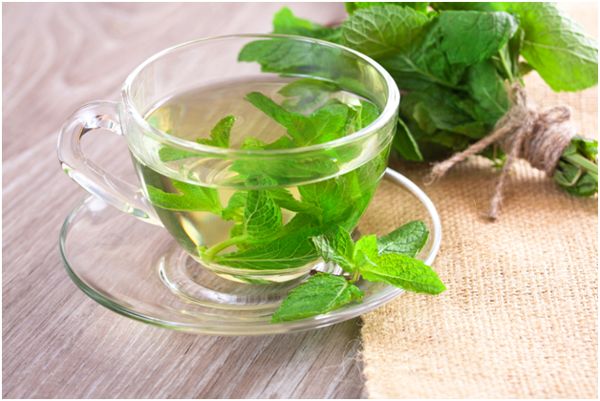

You can also use dry mint leaf to make the drink. This option will be no less tasty and healthy than fresh mint tea. For 2 cups, 1 tsp is enough. shredded dry leaf.
Tea classics include black tea with mint. For two persons, add 2 tsp into the teapot. tea leaf. Otherwise, the cooking technology does not change.
Note! In the recipes below, the additions are also based on 2 cups. The ingredients are simply added to the mint and tea leaves and steeped in boiling water. Otherwise, the cooking technology remains the same as in the classic recipe.
With lemon balm
How much you need: 2-3 sprigs of fresh lemon balm.
What it gives: a light "lemon" taste.Melissa soothes, relieves muscle spasms. But it also lowers blood pressure, like mint.
With lemon
How much you need: 1 circle or 2 wedges.
What it gives: sweet and sour citrus taste and smell.
Lemon is a storehouse of useful vitamins, the leader in the content of vitamin C, which is necessary for strong immunity. But tea with mint and lemon is prohibited for people suffering from stomach ulcers, disorders of the digestive system.
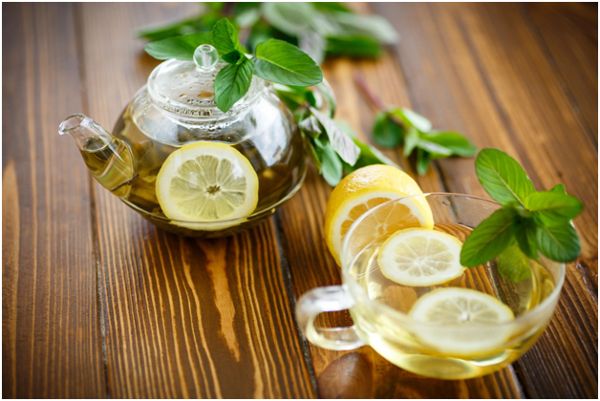

With ginger
How much you need: grated ginger - 1 tbsp.
What it gives: the drink becomes spicy in taste, the warming properties are enhanced.
Ginger has powerful anti-inflammatory properties. Contraindications to use: problems in the work of the gallbladder, heart.
With thyme
How much you need: 1-2 sprigs of fresh or dry thyme.
What it gives: the taste of thyme is spicy, spicy. It gives the drink additional warming properties. Tea with thyme and mint is very beneficial for the circulatory system. But it should not be used for stomach disorders, chronic diseases.
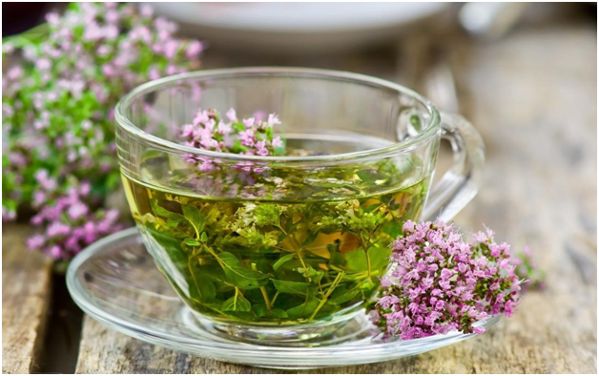

With orange
How much you need: freshly squeezed juice and zest of 1 orange.
What it gives: great citrus taste and smell. Tea with orange and mint is a real guardian against any disease. But you need to be careful: citrus fruits are the leading allergenic foods.
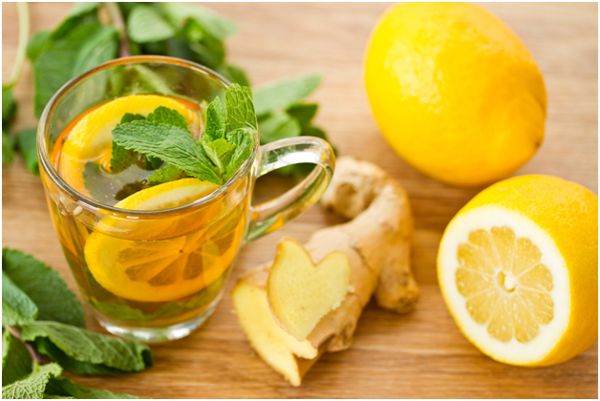

With chamomile
How much you need: dry chamomile flowers - 1 tbsp.
What it does: A duo of chamomile and mint doubles the healing qualities of the tea Chamomile has a powerful anti-inflammatory effect. It has almost no contraindications, but in case of chronic diseases or pregnancy, it is worth getting a preliminary consultation with a doctor.
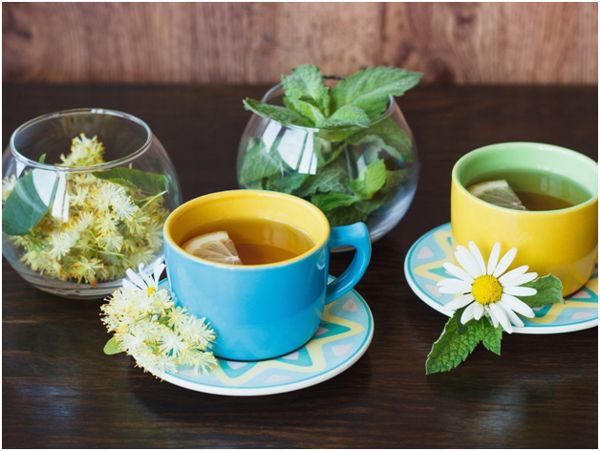

With honey
How much you need: 3-4 tsp. honey.
What it does: Honey is used to sweeten the drink and is a great alternative to regular sugar. But besides this, it gives mint tea its own flavor, enhances the healing effect. Honey can be added to the drink or served separately.
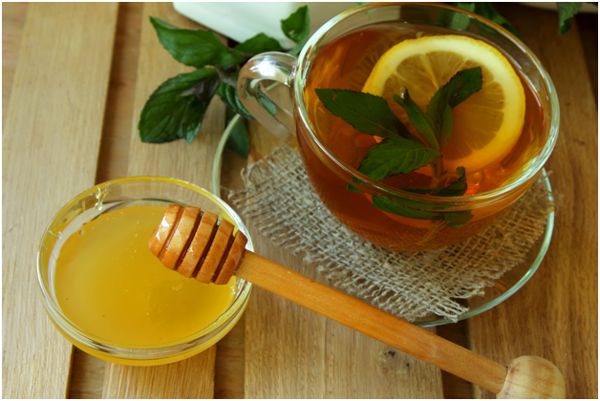

With currants
How much you need: 4-5 fresh or dry currant leaves.
What it gives: in addition to the characteristic sourness in the taste, it enriches the drink with vitamin C. You should be careful with the increased acidity of the stomach. You can add currant berries to the infusion - fresh, dry or frozen at the rate of 1 tsp. on the mug.
With sage
How much you need: fresh or dry sage - 1 tbsp.
What it gives: sage has a special "bitterness". Its medicinal value is so high that it is recommended for hormonal disorders, even for infertility. However, tea with sage and mint is prohibited for hypotension and thyroid diseases.
With lime
How much you need: 1 circle or 2 ripe lime wedges.
What it gives: lime is more sour than lemon, and it also has a piquant bitterness The medicinal properties of this citrus are not inferior to lemon. Contraindications: gastric dysfunction.
With raspberries
How much you need: 4-5 fresh or dry raspberry leaves.
What it gives: Raspberry leaf is an effective antipyretic agent, so delicious tea with mint and raspberries will be good for colds. But it should not be drunk with kidney stones.
Fresh and dry raspberries can be added to tea. And of course, everyone's favorite option since childhood is to drink with a bit of raspberry jam!
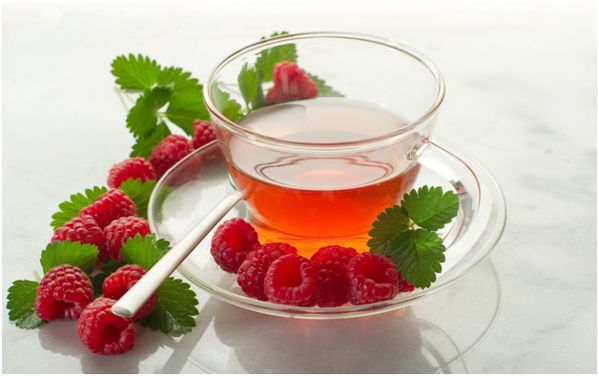

With blueberries
How much you need: dry mixture of blueberry leaves and berries - 1 tbsp.
What it gives: colors the drink in "blueberry" purple shades. Especially the vitamin and mineral composition of blueberries is useful for restoring vision. Blueberries are contraindicated in diabetes mellitus.
For mint tea, you can use fresh berries and blueberry leaves.
With tangerine
How much you need: freshly squeezed juice and zest of 1 tangerine.
What it gives: citrus taste and smell with tangerine bitterness.The variety of citruses that go well with mint - lemon, lime, orange, tangerine - will allow every tea connoisseur to find his favorite flavor. In terms of useful properties, tangerine tea with mint is not inferior to its "brethren". Caution: May provoke allergic reactions.
With oregano and St. John's wort
How much you need: St. John's wort - 3g, dry oregano - 3g.
What it gives: such a wellness collection with daily use heals diseases of the stomach and respiratory tract. Possible contraindications: weak cardiovascular system.
Can you make tea with room mint?
Indoor mint - plekrantus - grows well at home. It possesses all the useful and gustatory properties of its "garden" congeners. Therefore, plekrantus is also used to prepare a hot drink. It turns out just as good as peppermint tea.
Green tea with mint
How much you need: green tea leaf - 2 tsp.
Mint green tea is just as popular as black tea. He prepares according to the same principle.
World tea classics include, for example, Moroccan mint green tea.
Transfer
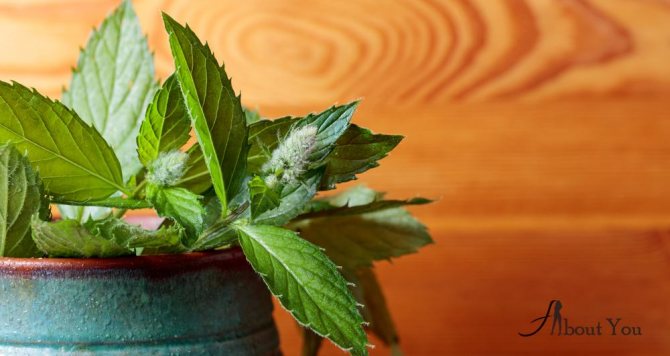

It is best to replant the plant in the spring. Young flowers need this procedure every year, and those that are older - once every 2-3 years. Replacement of soil or mold is required if:
- The mint was bought recently;
- The root system has grown;
- The flower is planted in an unsuitable temporary soil;
- A disease has developed or pests have appeared.
During transplantation, damage to the roots is unacceptable, therefore it should be carried out by the transshipment method, while maintaining the integrity of the earthen coma. To do this, fill the pot 1/3 with fresh drainage, then remove the plant from the old container and put it in a new one, filling the voids with the rest of the soil mixture, and then water the flower.
Moroccan tea
Moroccan mint tea is popular all over the world. It is prepared in a special way based on green tea leaves.
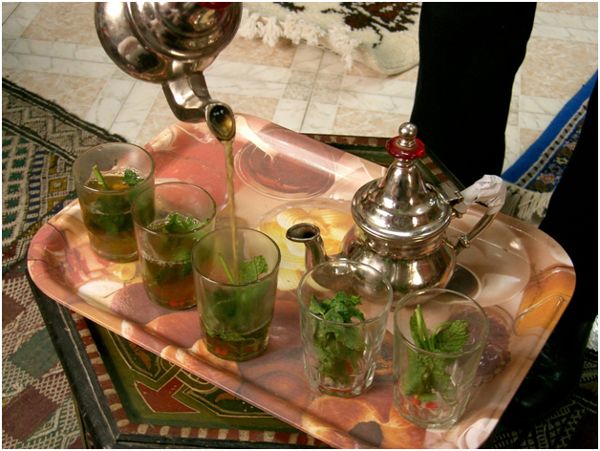

Moroccan mint tea recipe
For 2 cups of tea you will need:
- water - 500 ml;
- green tea - 2 tsp;
- fresh mint leaves - a handful (more or less to taste);
- sugar.
How to cook:
- Put the tea leaves in the kettle, pour boiling water over it.
- Insist for 10-15 minutes.
- Strain the infusion into a metal kettle (or any utensil used for the stove).
- Add sugar (the amount is determined solely by taste).
- Bring to a boil over moderate heat (sugar should completely dissolve).
- Add fresh mint leaves to the bowl, wait another 3-4 minutes.
- Pour into glasses in a special way: keep the kettle at a height of at least half a meter.
Interesting! Pouring Moroccan mint tea "from above" is not just a beautiful ritual. This method allows you to saturate the water with oxygen and simultaneously cool the hot water to the desired temperature.
Priming
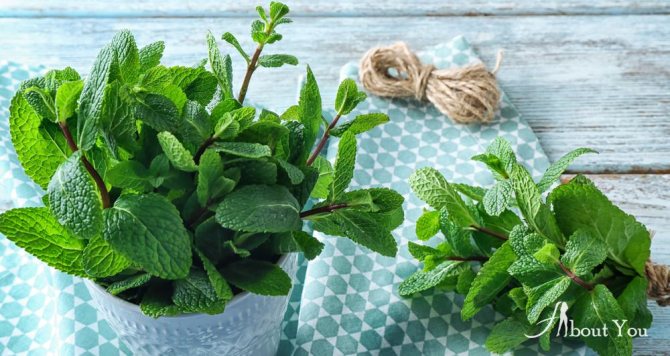

The soil for house mint should be nutritious and permeable to moisture and air, and also have a weak acidity. You can use it as a ready-made soil for decorative deciduous plants or make it yourself by mixing in the same proportions:
- Perlite or river sand;
- Deoxidized peat;
- Leafy ground.
Before using, the soil mixture should be frozen or steamed - this will help get rid of pests and disinfect the composition.
Slimming mint tea
Weight loss experts advise including green mint tea in your daily diet. Of course, you should not believe the myths about magic potions that burn fat without restrictions in diet and sports. But green mint tea does have some beneficial slimming properties:
- enhances digestion;
- reduces appetite;
- helps to cleanse the body of toxins and overall health.
So green mint tea for weight loss is a good help for those who are struggling with extra pounds.
Flowering and reproduction
Indoor mint begins to bloom in the summer.Small spike-shaped inflorescences appear on the plant. The flowering of the plectrantus takes a lot of energy and strength from him, so it is recommended to cut the flowers on time.
A young bush of mint can grow from cuttings or seeds... But it should be borne in mind that a plant from seeds may differ from the mother.
Plectrantus is a cross-pollinated plant, so it can interbreed with related different species. To be sure, it is better to propagate the plant vegetatively.
Cuttings must first be rooted in sand or water. When the overgrown roots get stronger, you need to take a small container or pot, lay drainage on the bottom, pour soil and plant a plant.
The soil for mint must be taken fat, fertile and acidified, containing peat.
To destroy pathogenic microbes, before use, it is necessary to water the soil with potassium permanganate, then water and ignite. In this soil mixture, the plant will grow quickly, as it contains a lot of oils and other useful substances.
You can plant the plant in another way. In the fall, dig a bush out of open soil along with a lump. If it is large, divide it into parts so that each of them has shoots with roots.
Before planting in a pot, old shoots should be cut, leaving 5 cm from the root. So the plant will quickly take root in a new place. New buds will appear on the bushes in two weeks. During this period, it is useful to feed the mint with a urea solution (1-2 grams per liter of water).
Mint tea bags
For those who love her (or do not have the opportunity) to brew tea according to all the rules, an excellent way out is to buy a finished product in bags. It is enough to put a bag in a cup, brew tea with mint for 5-7 minutes, and a delicious aromatic drink is ready.
On the shelves of supermarkets today you can find many varieties of mint tea worthy of quality. Among the Russian tea brands popular are mint May tea, Babushkino lukoshko tea, Beseda, Krasnodar tea with mint and calendula.
Lighting and location
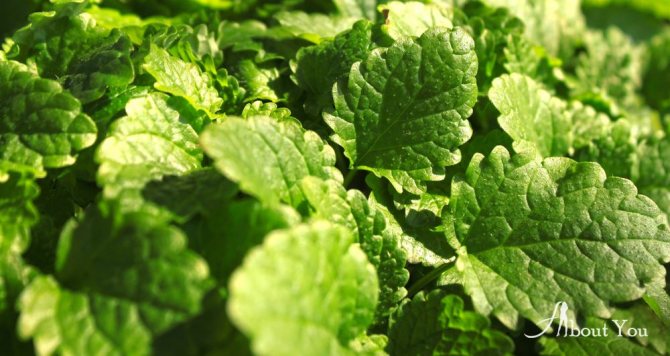

For home mint, the bright diffused light that the plant can receive from the southwest side on the windowsill is most suitable. An excess of the sun will be reflected destructively, the leaf mass will lose its attractiveness, and the stems may be completely bare.
The plant also does not tolerate shade well. The shoots become elongated, the foliage turns yellow and falls off. In the cold season, it is recommended to leave the mint under a fluorescent lamp.
Peculiarities of drinking mint tea
There is an opinion that mint tea is useful only for women, but for men it is contraindicated due to the high content of natural estrogens - "female" hormones.
Mint tea for men
It has been proven that in large quantities, mint can negatively affect men's health. There is even a risk of decreased libido, disruption of healthy hormonal balance.
But in order for a similar effect to occur, a man needs to literally absorb mint in exorbitant quantities (for example, add in bunches to salads, or drink highly concentrated mint drinks in huge daily doses).
If the representatives of the stronger sex drink a cup of tea with a couple of mint leaves a day, then the health effect will only be positive.
For women
Women should also drink reasonable amounts of peppermint tea. A cup of mint tea a day will help a woman feel calmer, reduce pain during menstruation, migraines, and help maintain youth and beauty.
The benefits of mint and tea with this plant, as well as how to brew a drink according to the classic recipe, are described in this video:
How often can you drink mint tea?
Note! For both men and women, doctors recommend using mint tea in reasonable doses:
- men - up to 1-2 cups a day;
- women - up to 3-4 cups a day.
During pregnancy and breastfeeding (HB)
You need to be careful with mint tea during pregnancy and during breastfeeding of the baby. If there are no direct contraindications, a woman can drink mint tea at this time. But it is worth remembering: the components of the drink are highly active.
Mint tea with HS can cause an allergic reaction in an infant. Although the mother herself may not notice any visible health problems. At the first alarming negative symptoms, it is necessary to consult a doctor.
Mint tea for children
It is worth giving mint tea to a child no earlier than he reaches 4-5 years of age. For children under 5 years old, frequent allergic reactions are characteristic, so they are at risk. These are the characteristics of the growth and gradual strengthening of the immune system at an early age. The active ingredients of mint can cause allergies in a child.
After 5 years, you can give your child tea, adding a small amount of mint, if he does not have painful reactions to this drink.
Mint tea before bed
Mint tea is especially useful in the evening before going to bed. Here, by the way, the sedative properties of mint will come in handy:
- it will help calm down;
- relaxes muscles, relieves tension in the body;
- reduce anxiety.
Before going to bed, it is better to brew mint tea without the tea leaf. And from the appropriate additions to it will be a spoonful of honey and a little hot milk.
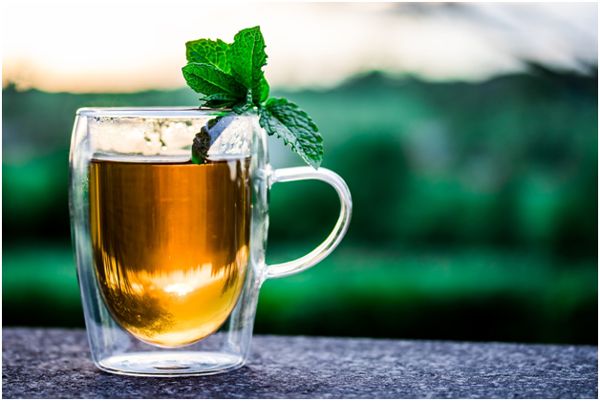

Mint tea has health benefits. But there are also contraindications to its use. After all, mint belongs to the means of traditional medicine and has a strong effect on the human body.
Peppermint works well with many popular "tea" ingredients. This allows for many varieties of hot and cold mint teas to suit all tastes and needs.
Humidity and watering
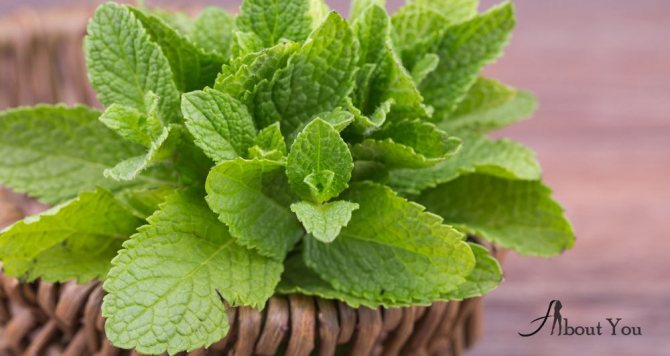

Indoor mint quickly spends its energy on growing large foliage, which is why it needs a lot of moisture. Abundant watering and spraying creates conditions close to subtropical and promotes plant development.
It is especially necessary to humidify the flower on hot days, as well as in the winter season, since the air becomes dry from heating in the room. The soil should not be overdried in summer, and remain slightly damp in cold weather when the plectranthus is at rest. It is enough to water it every 3-4 days.
Growing from seeds
Outdoor planting outside the home
Sowing mint outdoors begins in early spring (April) and in the summer in early August. If you use the seedling method or growing with the help of cuttings, then planting mint is necessary in the 2nd - 3rd decade of May. The plant requires a well-lit area, and also tolerates a little shade.
For planting, the site must be cleared of weeds. To obtain high-quality raw materials, fertilizers can be applied to a depth of twenty centimeters. For one square meter, 15 grams of potassium chloride, ammonium nitrate and superphosphate are added. Ash can be added in the amount of two tablespoons.
For planting, shallow holes are made (about 5 - 6 centimeters). The distance from each other is 40 cm. The distance between plants should be between 30 and 50 centimeters. After that, the holes are filled up and irrigated until the soil is completely moistened to a depth of 10 centimeters.
Outdoor care consists in timely watering, weeding the area from weeds and feeding the plants.
It is necessary to carry out preventive measures so that mint does not become infected with diseases, as well as protect from the misfortunes of pests.
How to plant indoors or on a windowsill
The first step in this procedure is the preparation of a quality substrate.
For this purpose, it is necessary to mix in the same amount:
- humus
- peat
- sand
- garden soil
The resulting mixture must be disinfected with a weak solution of potassium permanganate, then heat the substrate at a high temperature. Thus, it is possible to protect the planting material from damage by pests and diseases.
Seed material can be prepared in person at home or in the garden, or purchased at the store.
The seeds are sown in a pot or other suitable container. The substrate must be moist. Sow seeds to a depth of five centimeters. After sowing, the substrate can be moistened a little more with a spray bottle and covered with glass or transparent polyethylene. It is advisable to put the prepared container in a warm place.
The seeds will begin to hatch in about one to two weeks. After the seeds have sprouted, they must be placed in a brighter place. This procedure will prevent the seedlings from pulling out.
If there is not enough light, then you need to additionally illuminate the mint with the help of a phytolamp.
The temperature should be between 20 and 25 degrees Celsius. But if the plants do not receive enough light, then the temperature should be below the specified threshold, approximately 15-18 degrees.
After the appearance of two to three true leaves, the mint should be dived. After that, it is necessary to monitor the moisture content of the soil, airing the room, dressing, etc.
Seat selection
It is desirable to separate the mint from other crops that grow on the site. If it is incorrect to determine the neighborhood with mint, then it may suffer. Dark spots usually appear. Do not place mint close to cabbage, beets or cucumbers.
If organic fertilizers were added to the soil last year, then such a soil for mint will be very preferable. The substrate should be loose, with a moist and fertile soil layer. Chernozem fits well this description.
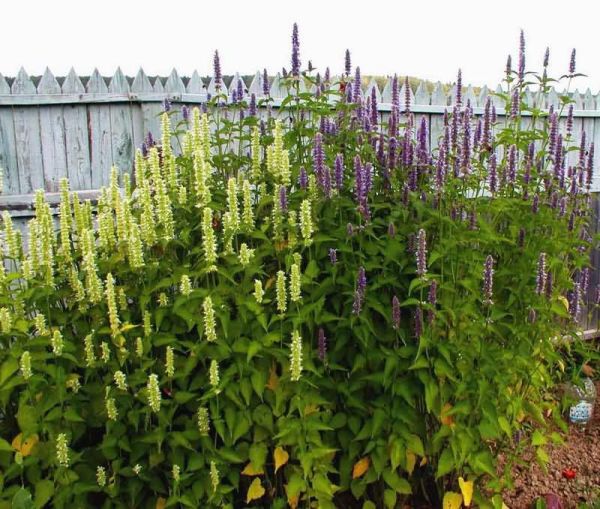

Open light spot for mint
The landing site should warm up well under the sun, and at the same time not overheat. A good option would be short-term partial shade during the period of maximum day temperatures.
The creation of a mulch layer will help protect the soil from drying out and maintain soil moisture. When grown in poor soils, such as calcareous areas, the plant loses its inherent aroma.
Waterlogged or waterlogged areas will greatly oppress the mint.
Specific traits
The plant loves warmth, moderate watering, does not tolerate stuffy rooms, is susceptible to pests and simple diseases of indoor plants.
Plectrantus is simple, or indoor mint has decorative leaves. They are oblong, 6-10 cm long. Leaves with small teeth 7 cm long. Home doctor. Mint has an immunomodulatory effect. The plant is unpretentious.
It grows like a shrub, grows up to 80 cm. Shoots branch out along the ground. The roots are shallow. The stem is reddish in color. The leaves grow in twos and give off a spicy scent.
Herbal medicine
Peppermint has a relaxing effect on the intestinal muscles and helps with indigestion, flatulence, nausea and colic. Clinical studies have confirmed the ability of peppermint to relieve symptoms associated with intestinal inflammation, diarrhea, constipation, bloating and abdominal pain (capsules containing peppermint oil and coated with a soluble shell have been especially effective in this regard).
Lightly rubbing peppermint essential oil into the skin relieves headaches, muscle and joint pain. Inhaling it relieves nausea and clears up a stuffy nose.
If pregnant or breastfeeding, do not consume them in excess of culinary standards.
Household
Peppermint and mint mint have the ability to repel insects and other annoying creatures.
Apply a few drops of peppermint essential oil to cotton swabs and spread them out in the areas visited by rodents.
To repel ants and cockroaches, apply a few drops of peppermint essential oil to a damp cloth and wipe down chairs, tables, shelves, and cabinet walls with it.
Natural bloodsucking insect repellent: Mix one part lavender, eucalyptus and peppermint essential oils with three parts an unscented air humidifier or sweet almond oil and apply to your skin.
To repel fleas, throw a pinch of dried mint leaves under your dog's rug or oil the dog's collar. This remedy is not suitable for cats and pregnant dogs: it is toxic.
How to grow mint from seeds on a windowsill
Room mint
After planting the seeds, indoor mint emerges after a few weeks, the formation of a bush occurs after 60 days. Indoor mint that appears will thin out the pleasant aroma. The difference between the seed method and cuttings is that when grown by seed, the plant will be thin, delicate, and when grown by cuttings, the stems will be hard, dense.
Therefore, experienced gardeners and gardeners recommend planting seeds of different varieties in one pot in winter when grown on a windowsill. Planting seeds is carried out as follows - the grains are laid out on the surface of the soil, the planting depth should be about half a centimeter.
The first shoots begin to appear after a few weeks. To accelerate the maturation of the plant, it must be transferred to a well-lit place - on the southern windowsill, if there is a lack of natural light, additional lamps must be installed. The first few times the soil is watered after planting with a spray bottle.
The aromas of appetite.
The pleasant aroma of your favorite spices will be natural in the kitchen. Farther from the stove, on a windowsill or shelf against the opposite wall, you can install several pots of spicy grass - it will fill the kitchen with a bouquet of aromas of your favorite tastes.
Savory, lemon balm, ptrushka, mint, and laurel are most commonly grown. Mint also helps to concentrate, relieves mental fatigue.
Lavender and laurel are perennial shrubs, they will be appropriate not only in the kitchen, but also perfect for the bedroom, because their phytoncides improve the air quality in the house.
You can also drive out other bulbous - tulips and daffodils, crocuses, lilies.
From indoor bulbs, eucharis will give a pleasant aroma, which blooms with beautiful white flowers, similar to daffodils, and some varieties.
Content
- Varieties
- Useful properties of homemade mint
- Transfer
- Watering and humidity
- Lighting, temperature control
- Pruning, reproduction
- Diseases and pests
- Signs
Indoor plectrantus needs the following conditions of detention:
- requires bright diffused daylight without direct sunlight (especially in summer);
- in winter, a flowerpot with a mint plant is placed on a well-lit windowsill on the south side or additional lighting is used with the help of a phytolamp (due to insufficient light supply, the culture will develop poorly, and the motley foliage will lose its color);
- since Swedish ivy is hygrophilous, the soil should always be moderately moist, without an excess of water: if the soil is allowed to dry out, the buds and leaves will begin to fall off, and overflows lead to decay of the roots;
- for home mint, a temperature regime in the range of 18 ... 25 ° С (in summer) and 15 ... 17 ° С - in winter will be suitable;
- high air humidity is required (up to 70%), which can be organized by arranging containers with water near pots with flowers;
- at the end of spring, the culture must be taken out to a well-lit loggia or garden;
- culture must be protected from drafts and temperature extremes.
Important! You should not spray the pubescent foliage of the plectrantus with water, since after this procedure spots remain on the leaves, which can cause the plant to lose its decorative appearance.
Exotic scents.
I would call the queen of room fragrances. The subtle refined smell of even one flower very pleasantly aromas the room, giving it an oriental flavor. Great for living rooms.
The place for the gardenia should be bright and with a constant temperature, watered only with soft water.
A strong aroma comes from hoya flowers, or as it is also called, from wax ivy. The plant is easy to propagate by cuttings, it is advisable to find a place for it in a shaded part of the house. Unpretentious plant, very hardy.
Watering is done less frequently than other plants. In the bedroom, this flower will definitely not work, since the smell increases towards night, and not everyone can sleep in such a room.
Stephanotis, or Madagascar jasmine, has a very refined scent. The white waxy flowers of this vine smell like a mixture of jasmine and ylang-ylang. A very noble and refined scent and not annoying.
It is undesirable to place several plants with a strong aroma in the same room. The maximum number of flowers with a strong aroma in one room is two flowers in opposite corners. At the same time, airing the room should be done daily so that the aroma is always fresh.
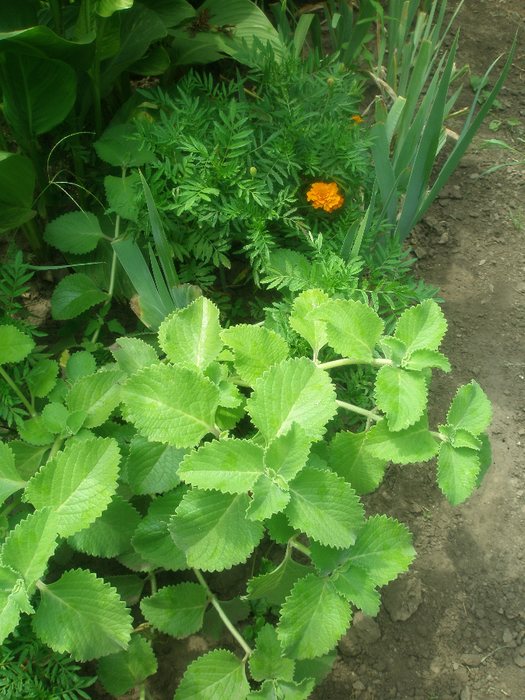

I always dreamed of having mint in my house, but I always believed that it could only be grown in the summer on the balcony or in the garden. Everyone knows the medicinal peppermint, which grows in gardens and vegetable gardens.
But there is also the so-called homemade mint - Plectrantus, which can grow luxuriantly and densely on windowsills.
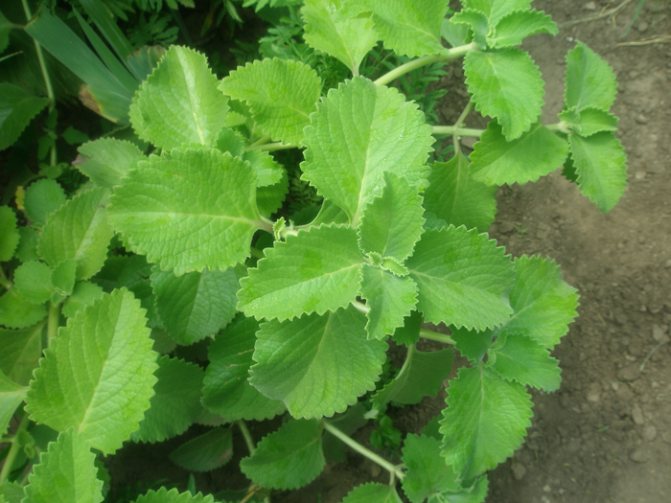

I found Plectrantus on the street. Apparently someone cut the plant and all unnecessary discards. After a few days, the cuttings took root, and I planted them in a pot. That's how I got a plectrantus. They say that this plant attracts money to the house. So, it turns out a double benefit - it saved the plant, and lured the denyushka into the house.
In general, mint is unpretentious, and for many it grows in garden beds, someone grows it at home on the windowsill, and somewhere it just sprouts like a weed. But all this is medicinal mint, the one we drink from a decoction for colds. But not everyone knows that there is also roommint. Meanwhile, this aromatic plant of the Labiata family, also known by its botanical name Plectrantus, is quite popular among amateur flower growers. And if the healing properties of this specimen can be argued, then its ability to replace peppermint as an additive in tea is undeniable. What is this plant, and how easy is it to grow at home? Let's figure it out.
Rare varieties
Rare varieties include:
- Variegated, indoor mint is an evergreen plant with aerial roots and fan-shaped flared leaves. The leaves give off drops of liquid. By this sign, you can determine the change in weather, precipitation.
- Plectranthus oakleaf is called so because of the analogy of leaves with oak leaves. Differs in grace and beauty. The flowering period lasts until spring. It emits a pleasant aroma of needles, which can attract insect pests.
- Fragrant Plectrantus is so called because its leaves are fragrant. Often in official sources it can be represented as Amboinsky. Flowers in inflorescences in the form of a bell of white-purple color. It is used in traditional medicine to relieve coughs and relieve pain. Phytoncides release bactericidal substances into the air.
There isn't much more work to do with these varieties.
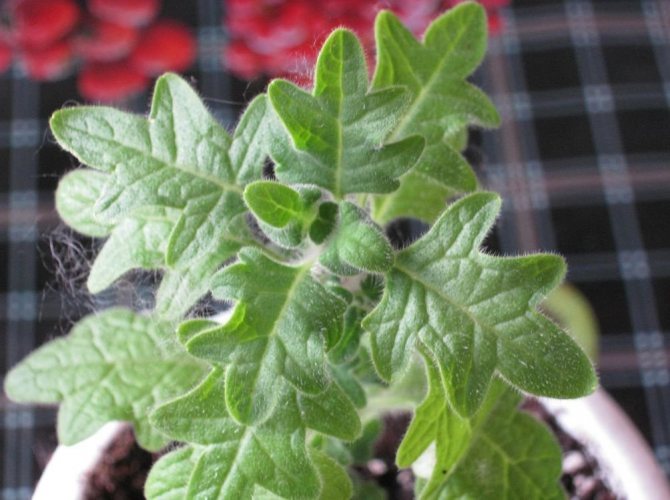

Plectranthus oakleaf
Temperature
In summer, the optimum temperature for growing plectrantus is from +20 to +22 ° C, in winter it must be lowered to +15 ° C. At lower levels, mint may shed foliage.
This procedure is necessary for mint. It is held in the spring. Examine the shoots carefully. Cut bare and weak branches in half. In addition, you need to regularly pinch the branches, which will help form a beautiful lush crown.
